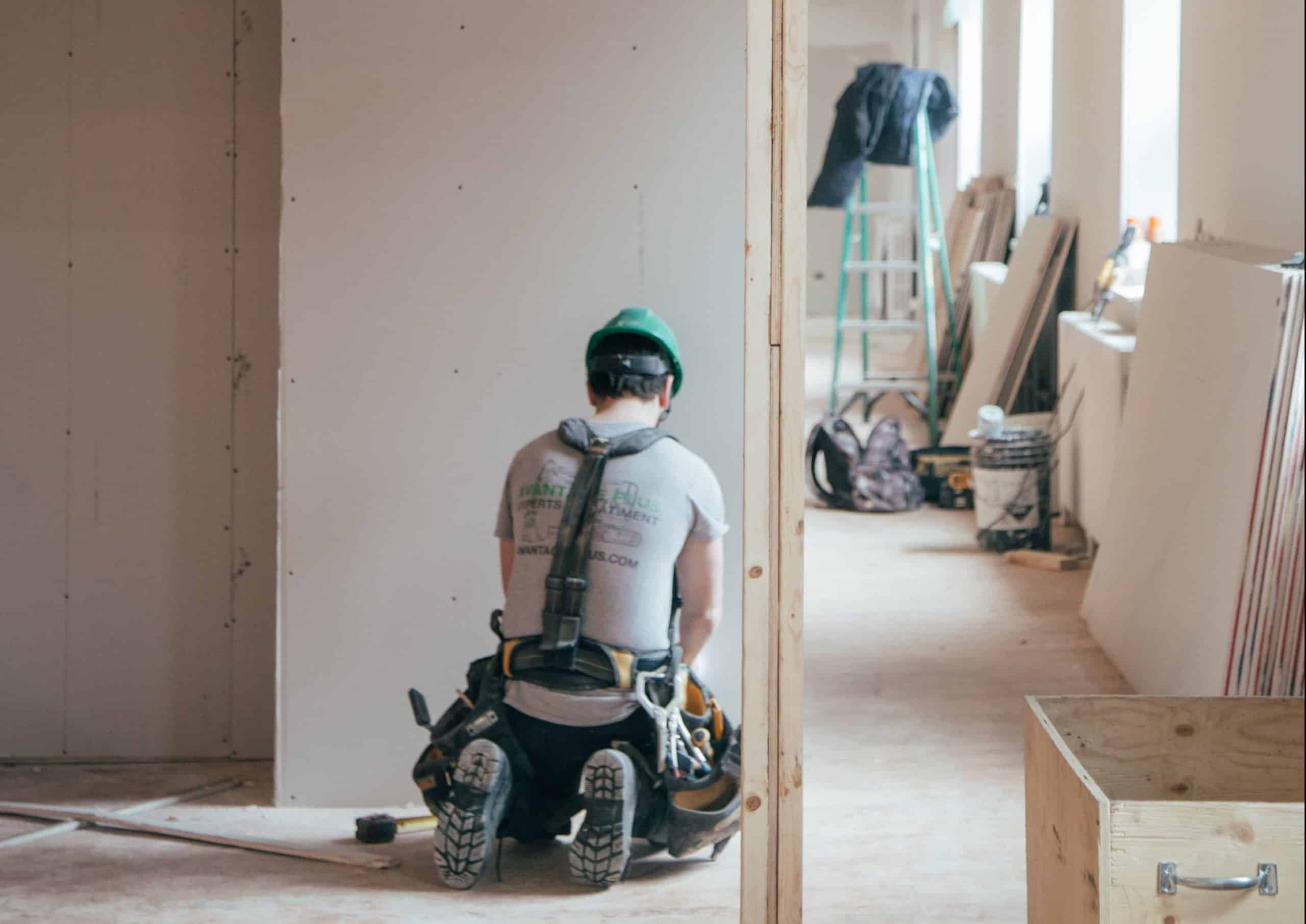 " alt="">
" alt="">

The business (client) and contractor relationship is one of the most important aspects to any business model. Whilst this type of business relationship is very efficient, it also raises a number of potential pitfalls which if not recognised and controlled can lead to problems. Both parties (the business and the contractor) have a duty of care under the health and safety act. Similarly, if the contractor uses subcontractors to carry out some or all of the work, all parties will have some health and safety responsibilities. By delivering subcontractor online inductions and health & safety induction training, you can ensure everyone working on your site undergoes a site safety induction or hse induction training and is fully compliant. Let’s run through some of the site induction requirements which will help.
It is critical that businesses understand how to manage these types of arrangements with hse induction training. Every client should have a defined procedure within their site safety induction that fulfils the minimum site induction requirements for contracted services. Workplace health and safety induction training is one of the best ways to ensure no stone is left unturned.
There are recent cases where clients, contractors and subcontractors have all been fined for failing in their workplace health and safety training duties. Failure to ensure the following, will result in a costly penalty. This is why it is so important to have contractor inductions & safety inductions in place to prevent these issues from arising.
Whilst there are a number of potential risks in using contractors/subcontractors, there are also many significant advantages.The best thing you can do to reduce the risks are to have a sturdy workplace health and safety induction training programme in place. Advantages of using contractors who have completed hse induction training include:
An organisations workplace health and safety induction training system must be geared to manage any potential risks. It is vital that clients understand that contractor activities nearly always increase the risk profile of an organisation. Especially for those activities that are outside the normal scope of a businesses day to day operations, such as safety critical or non-standard works. Regardless of contractor experience and safety performance, everyone who works for you needs to know how to work safely and without risks to health. You must provide clear instructions via a site safety induction, information, adequate health & safety induction training, quality contractor inductions and subcontractor online inductions.
Read Our Guide To Health and Safety Induction Systems. We explain everything you need to know and what you need to avoid in order to make your workplace health and safety induction training a success, in our helpful site safety induction training guide. Get in touch if you are looking at subcontractor online inductions.